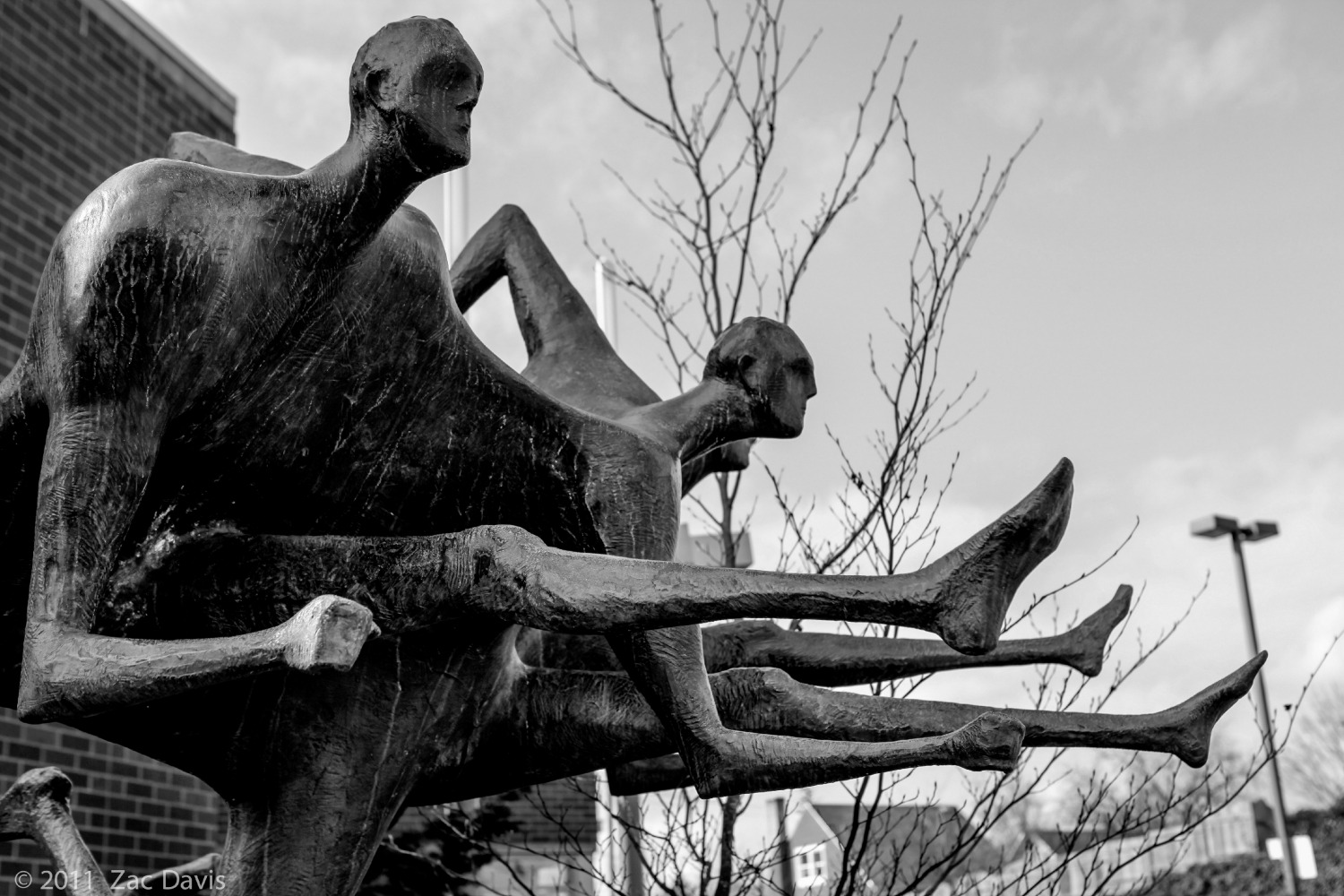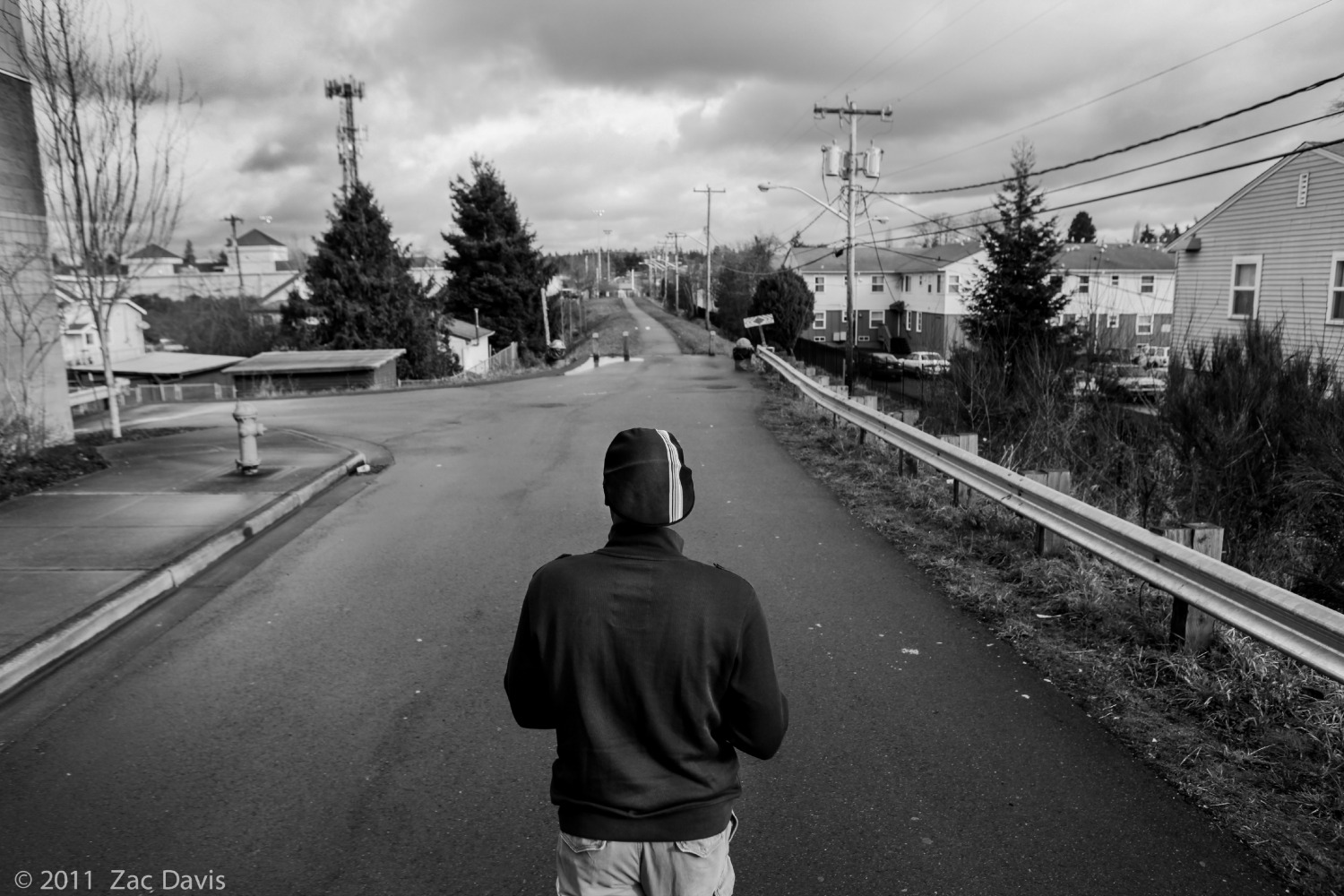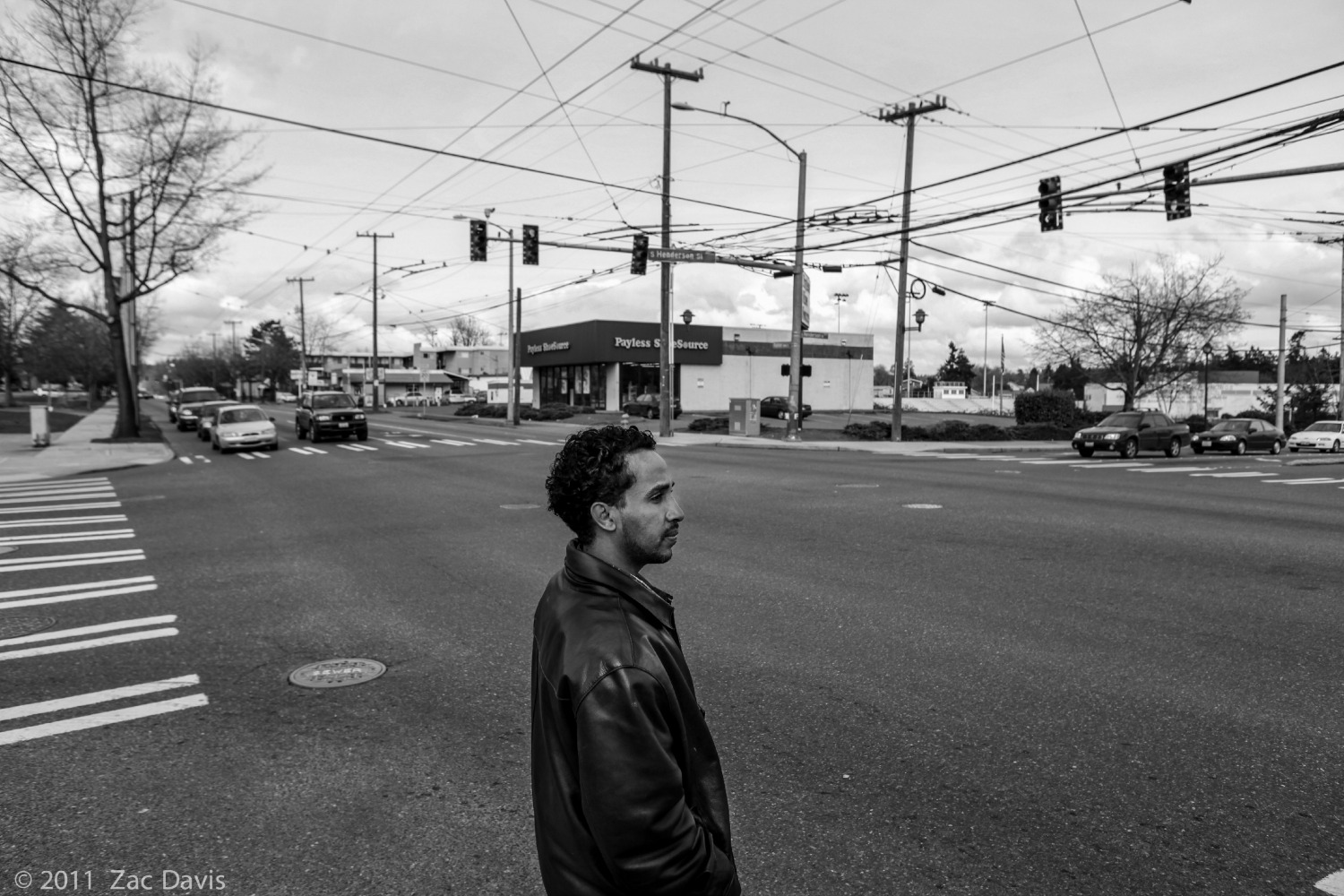As we gear up for the Inhabit Conference on Friday and Saturday, we wanted to share the story behind the photo series currently on display on our second floor—a collection of images that tell the narrative of a particular place and the people who live there. The Rainier Beach Project: Overcoming Displacement is a powerful invitation for all of us to consider how to be faithfully present in the stories of our places. Here, Zac Davis, MAC ‘07 and the photographer behind the collection, reflects on the origins of the project and its personal significance for him.
How the Project Began
I was part of an art collective that wanted our craft to bring people in the community together. We hosted art shows in cafes throughout the city as our way of creating a space for people to engage one another. After a few exhibits we decided to focus on a theme for our next showing. We chose ‘gentrification’ because it is an all too present problem in Seattle and a threat to the community engagement we value. Inspiration for The Rainier Beach Project: Overcoming Displacement came from Todd Heisler’s “One in 8 Million” project for The New York Times. The way he captured each person’s story felt up close and personal and honored the glimpses into their lives. It helped shape how I wanted to approach our collective theme. Hundreds of images, pages of transcribed interviews, and four years later this little project that had outgrown its original purpose was on display at Seattle City Hall.
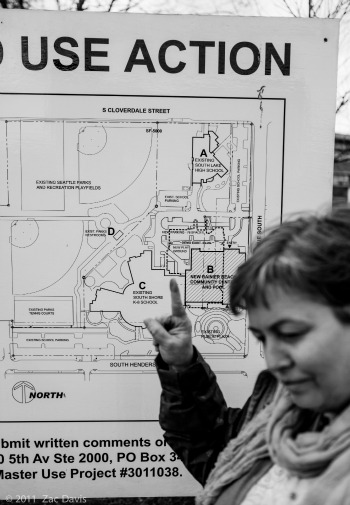 All the emails, grant writing, phone calls, meetings, transcriptions, photo editing, and research had worn me out. I never anticipated the amount of work and collaboration required to get the project off the ground, let alone the attention to keep it in the air. There were many moments when I wanted to pursue new creative ventures with the limited spare time (and energy) I had outside of my full-time job as a community mental health therapist. If it hadn’t been for all the people who were committed to the project encouraging me, in some cases carrying the project along, it wouldn’t have made it this far. Collaborations with other passionate people also invited further creativity that broadened my original vision. When I think about it, it makes sense that the project’s completion would exemplify its fundamental message of community development. It was not I who really made this; we made this. From concept to finished piece, the project was an act of trust in God and an embodiment of the principle of community effort.
All the emails, grant writing, phone calls, meetings, transcriptions, photo editing, and research had worn me out. I never anticipated the amount of work and collaboration required to get the project off the ground, let alone the attention to keep it in the air. There were many moments when I wanted to pursue new creative ventures with the limited spare time (and energy) I had outside of my full-time job as a community mental health therapist. If it hadn’t been for all the people who were committed to the project encouraging me, in some cases carrying the project along, it wouldn’t have made it this far. Collaborations with other passionate people also invited further creativity that broadened my original vision. When I think about it, it makes sense that the project’s completion would exemplify its fundamental message of community development. It was not I who really made this; we made this. From concept to finished piece, the project was an act of trust in God and an embodiment of the principle of community effort.
Why This Matters to Me
I was in a different place in life and different state of mind when I started the project. Using my camera to reflect a social issue was a new and exciting challenge. I had been shooting for a few years and had grown tired of just taking pictures. My images weren’t telling stories; thus they felt hollow. I wanted to be at the intersection of aesthetics and meaning, form and function, and for me that meant human engagement.
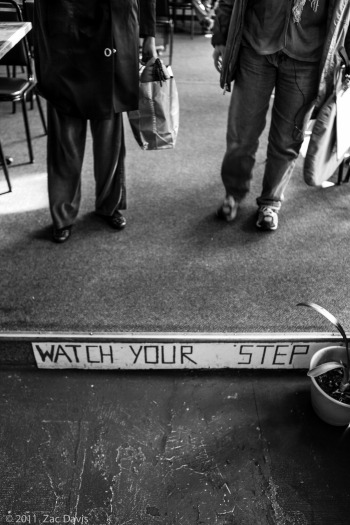 Art adds color to the subject matter. I also think of the arts as a vessel. When we create, we are speaking in a universal language that often feels prophetic. I wanted to reflect the faces of meaning and bring an uncomfortable issue closer. Gentrification is happening all around us, and I was invited to give voice(s) to community outrage, fears, efforts, and dreams. I felt somebody needed to name this injustice and declare a different way. Plenty of people were putting words to these observations and ideas; they just needed an effective way to get their messages to the community. Together we had the understanding, means, and volition to address a problem and advocate for change. The Rainier Beach Project dovetailed my community relationships and sense of social responsibility with my desire to explore human narrative through the art of still images.
Art adds color to the subject matter. I also think of the arts as a vessel. When we create, we are speaking in a universal language that often feels prophetic. I wanted to reflect the faces of meaning and bring an uncomfortable issue closer. Gentrification is happening all around us, and I was invited to give voice(s) to community outrage, fears, efforts, and dreams. I felt somebody needed to name this injustice and declare a different way. Plenty of people were putting words to these observations and ideas; they just needed an effective way to get their messages to the community. Together we had the understanding, means, and volition to address a problem and advocate for change. The Rainier Beach Project dovetailed my community relationships and sense of social responsibility with my desire to explore human narrative through the art of still images.
What Now?
My attention has changed since the time when I—when we—conceived and created this project. Now I am more specifically focused on Black/African American experiences. This is partly due to my personal shared experience as a person of African descent and as an invested community member in a more heavily African American populated area of Seattle. I am also compelled because our people of African descent are the ones being corralled into jails and mortuaries. This epidemic, brought on by layers of oppression and loss of identity, portrays a skewed, if not false account. I want to use different mediums to dig deeper within our stories. These stories are bigger than what is told (or not told) in the mainstream public.
When asked to describe the end goal, my reply is a series of questions that also serve as a compass: “What gives us hope and direction? What compels us to imagine and be inspired to hope, lending itself to motivation and perseverance?” To explore these questions is to inevitably ask, “Who are we?” I am—we are—not our suffering. I am not what was (or is) done to me. We are not what we have done. Our identities deserve more. Granted, the nuances of our stories cannot be fully captured with words and still images, but they are an invitation to come closer and see more.
The goal isn’t peace on earth or some kind of utopia. No, it is an invitation to entertain curiosity and humility despite any discomfort. When a friend of mine was asked to define ‘justice,’ he replied, “When everyone has the opportunity to speak and is heard.” It comes as no surprise to me that two of the fundamental elements of justice are the same as intimacy—speaking and listening. There are untold accounts, and I want to take my desire to speak for those who are silenced and combine it with the value of hearing others’ stories. The end goal is akin to the arts collective that inspired the original idea for The Rainier Beach Project—to bring people together through the use of different creative mediums. I can only hope that wherever I go from here and whatever I do, my work will continue to honor this approach.

